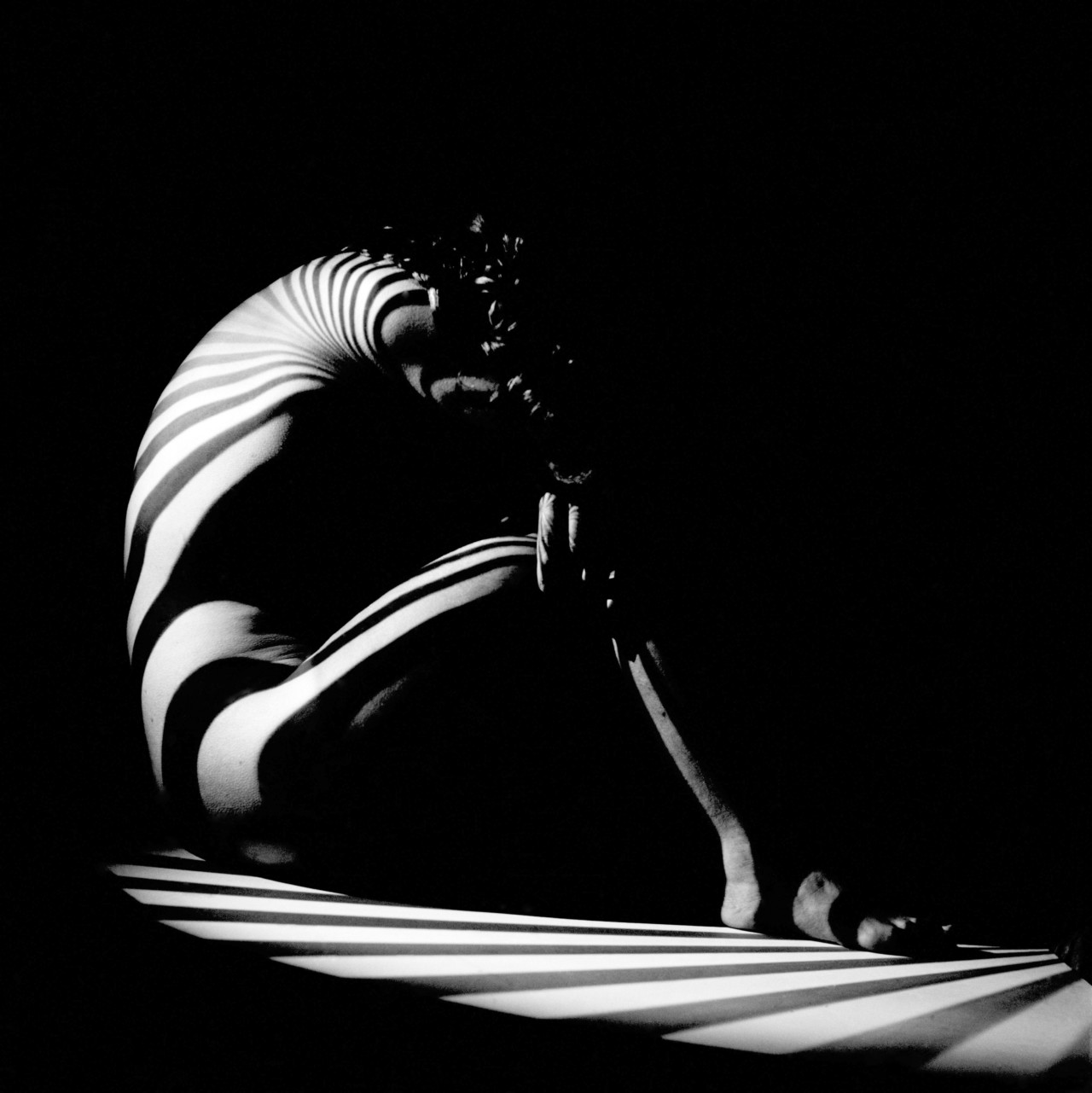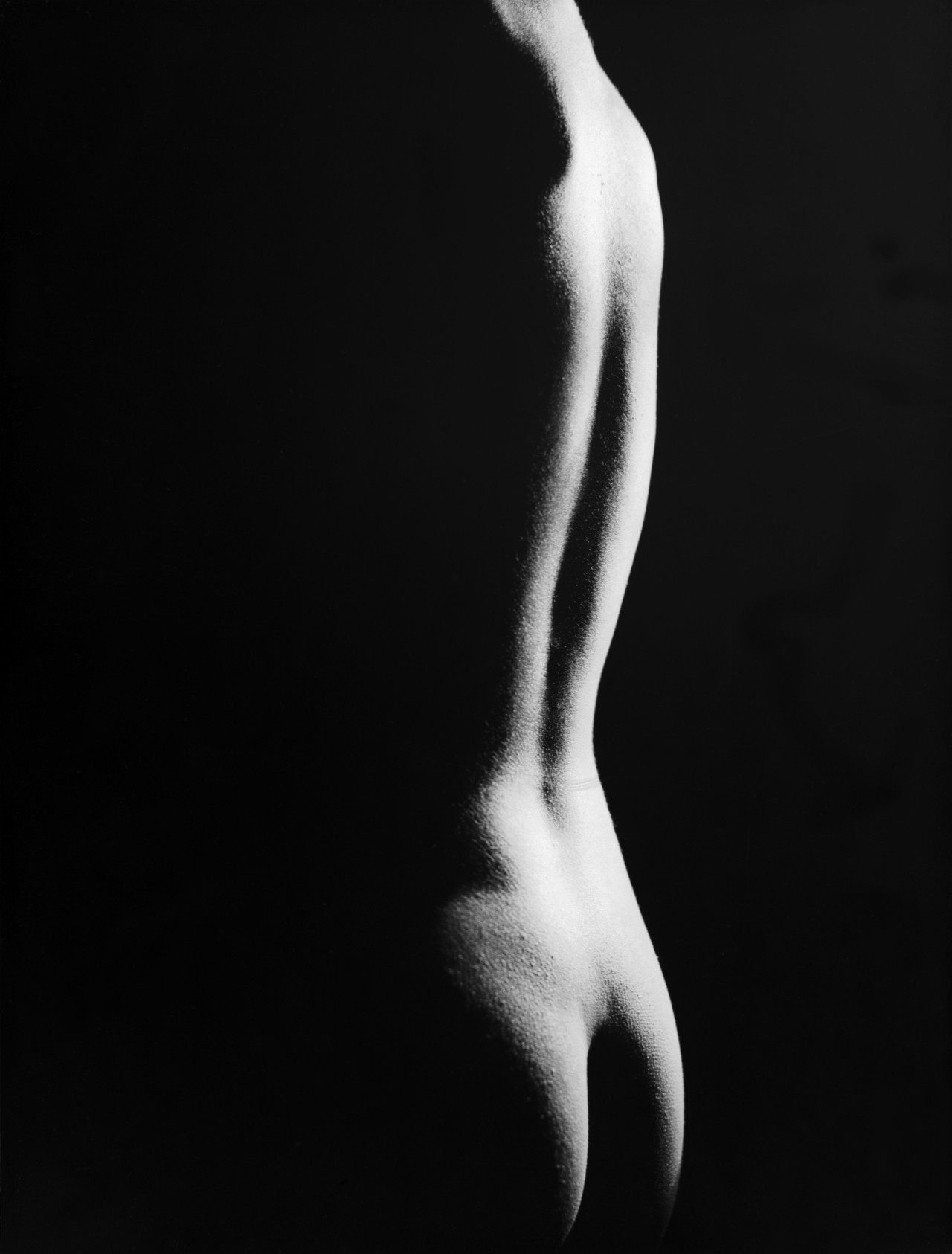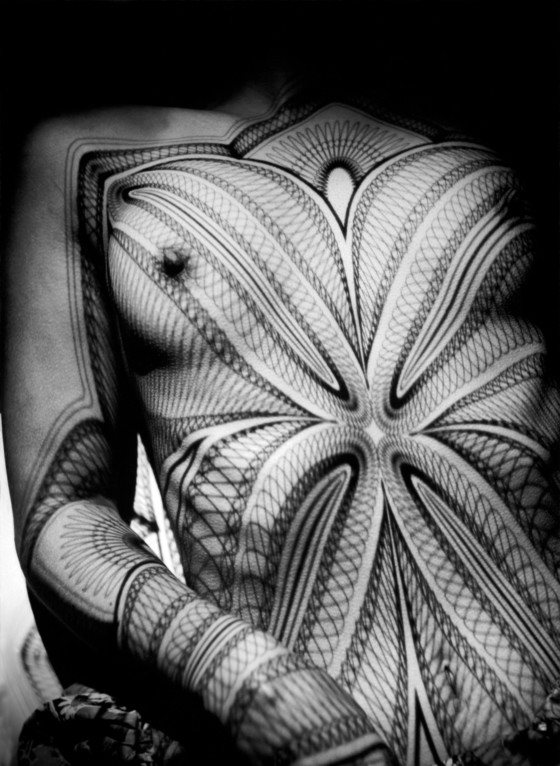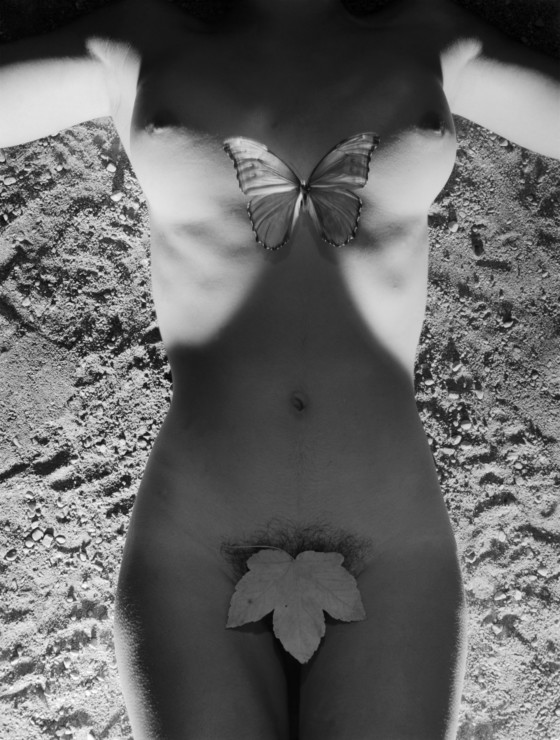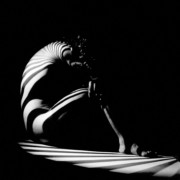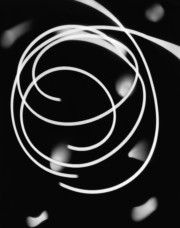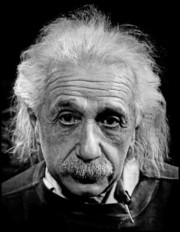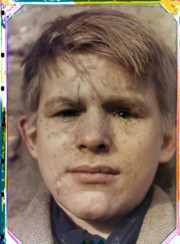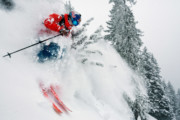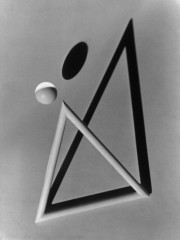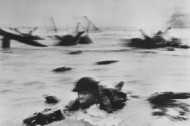Behind the Image: What a teacher’s praise reveals about Werner Bischof’s experimental nude works
How a love of nature combined with photographic experimentation
Under the auspices of his photography teachers at the Zürich School of Applied Arts (where he studied from 1932-36), a young Werner Bischof honed his unique approach, merging a love of nature with a fascination for experimentating with photographic techniques. He studied under Hans Finsler (1891–1972) a member of the avant-garde New Objectivity artistic movement which aimed to capture objective truth, and Alfred Willimann (1900–1957) who encouraged the young artist to employ extreme precision in his technique and composition. This combination of aesthetically focused and highly formal educators spurred Bischof to search for beauty in nature, employing it in technically informed photographic works.
In an article for a 1945 edition of Graphis – a design, art and photography magazine – Finsler wrote admiringly of his pupil’s development. He described Bischof as, “a pure photographer in the basic sense of the term: he writes with light. His media, his tones and form effects, his perspectives and structures, are photographic in a wide but literal sense.”
Explaining Bischof’s interest in the medium he wrote that his student, “uses the graphic elements of photography to suit his ends, which are the crystallization and interpretation of the object. He finds new and untapped possibilities of photographic approach and technique unknown to the creative artist who sets out from the principles of draughtsmanship.”
"Though he turns again and again to nature for his ideas, even his simple studies of nature have conscious form, and often it is nature itself which prompts the shaping impulse."
- Hans Finsler
For the young photography student Bischof, the experiments which allowed him to explore the medium also allowed him to develop his characteristic sense of form. Years before Bischof would go on to document his travels through Japan, Peru, India, Cambodia, Korea, and Europe, young Bischof developed his photographic voice, inspired by the grandeur of nature in Switzerland and the potential of this artform he was developing.
“Though he turns again and again to nature for his ideas, even his simple studies of nature have conscious form, and often it is nature itself which prompts the shaping impulse,” wrote Finsler .”Bischof’s endeavor is to isolate law and regularity from the apparent chaos of the accidental. Even when he projects abstract forms on to natural ones, such as the surface of an onion or a female body, the result serves to emphasize and clarify the basic forms employed.”
Several of Bischof’s nudes appear in new show The Body Observed, on display at the Sainsbury Centre for Visual Arts. More information on the exhibition here. Discover the stories behind more works featured in the exhibition here.


